Could my high heels be the reason that my bunions seem to be getting worse? Is it possible that COVID-19 may have accomplished what healthcare professionals and study after study have failed to do for years? For now, at least, a large number of women have decided that they have no intention of ever going…
Continue reading…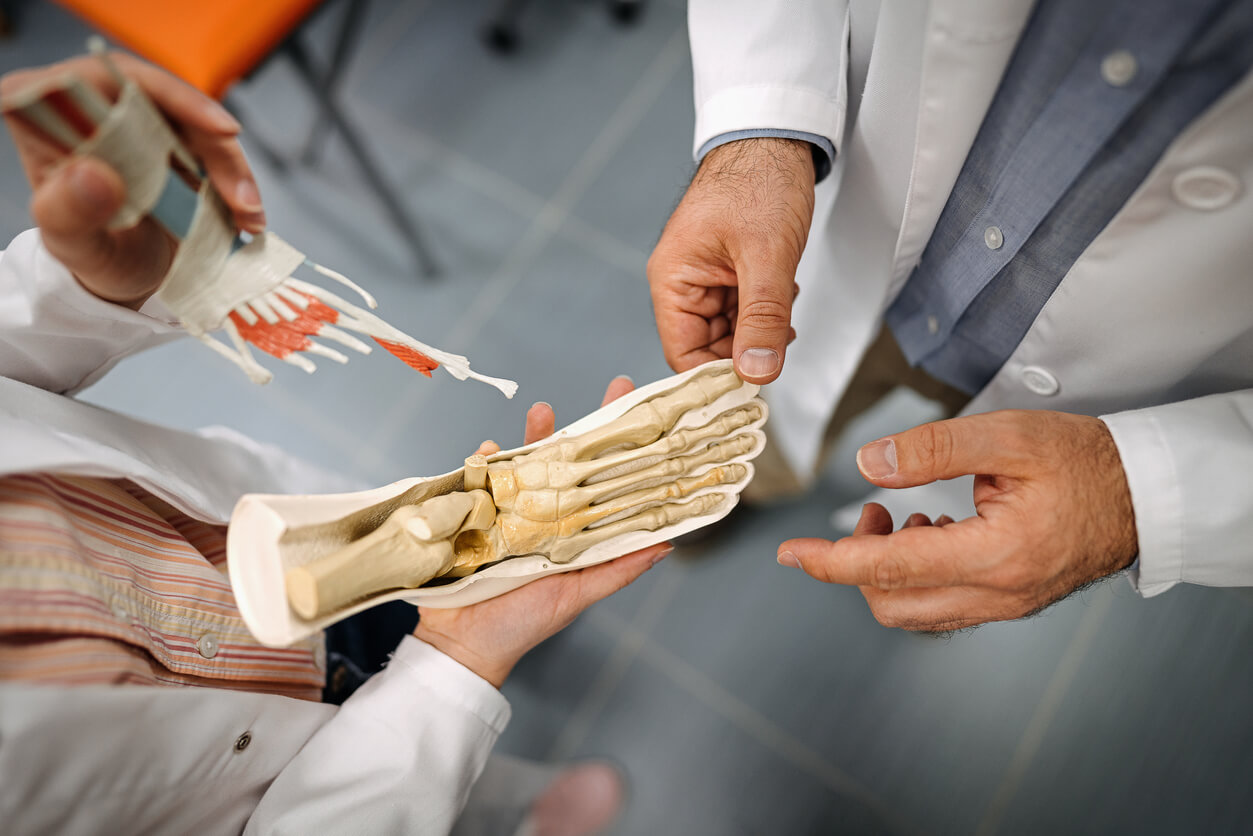
Treating Sesamoiditis
Is sesamoiditis typically treated surgically with a sesamoidectomy procedure? Sesamoid bones are different from other bones in the body. Instead of being linked together at joints like most other bones are, a sesamoid bone is embedded in a tendon. These bones are found at joints and, because of their unique placement, help to facilitate movement,…
Continue reading…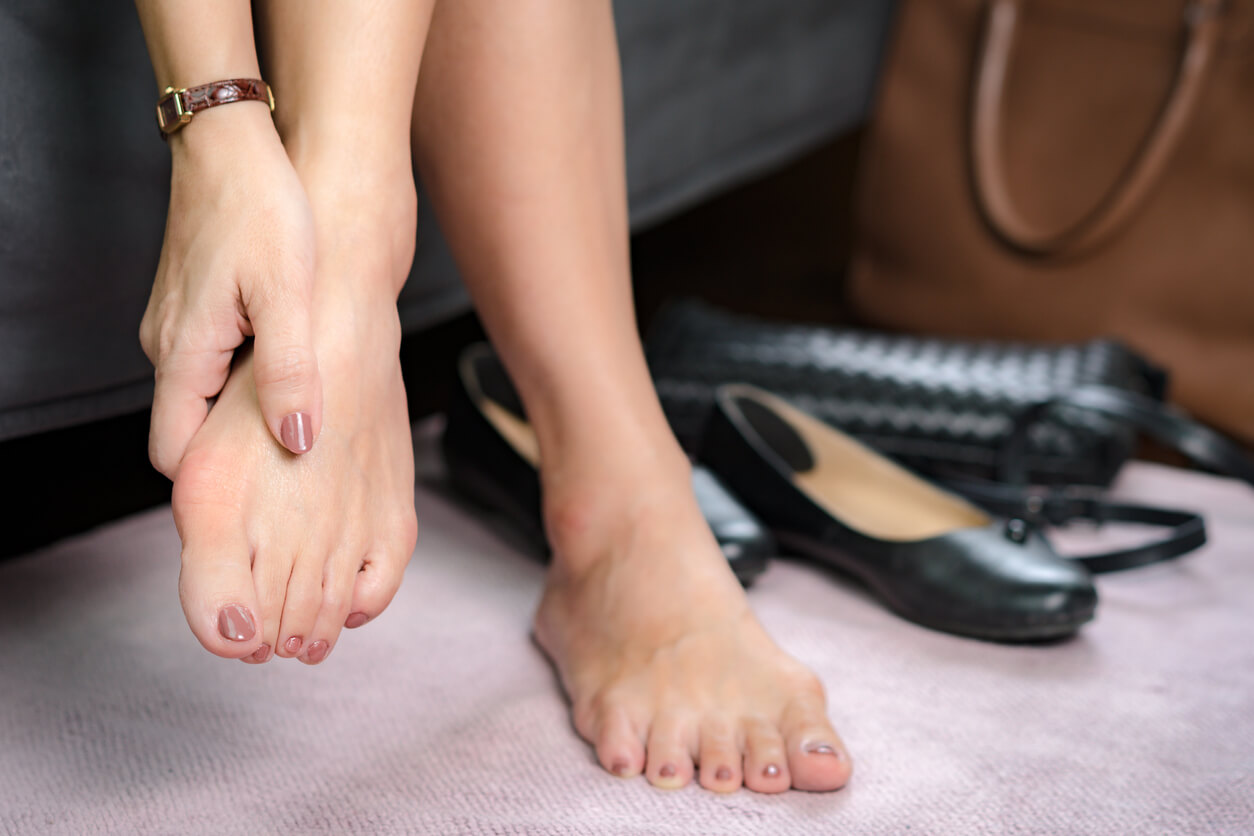
Common Types of Foot Surgery
What are some of the most common types of foot procedures being performed today? Let’s face it, when your feet hurt, it’s hard to truly focus on whatever else may be going on around you. If the cause of your discomfort is the fact that you just had to have those new shoes, even if…
Continue reading…
How Many Ways Can You Sprain an Ankle?
What exactly is an ankle sprain and can it be serious enough to require ankle surgery? Everyone knows what a sprained ankle is, right? Your foot turns when you step off of a curb or land wrong after jumping to block a shot while playing basketball. It might even be something as simple as a…
Continue reading…
Lisfranc Injury: Importance of Correct Diagnosis
What happens if a Lisfranc injury is misdiagnosed and does not get correctly treated? There’s a good chance that you have never heard of a Lisfranc injury. The exception to that would be those who are big sports fans, especially football fans. The list of football players who have had their seasons’ end due to…
Continue reading…
Bunion Prevention
Is it possible to prevent bunions from developing even if they run in my family? Bunions are far more common than you may imagine. In fact, it is estimated that more than 50 percent of all women in the U.S. have bunions on one or both of their feet. Whether because they are unsightly, painful,…
Continue reading…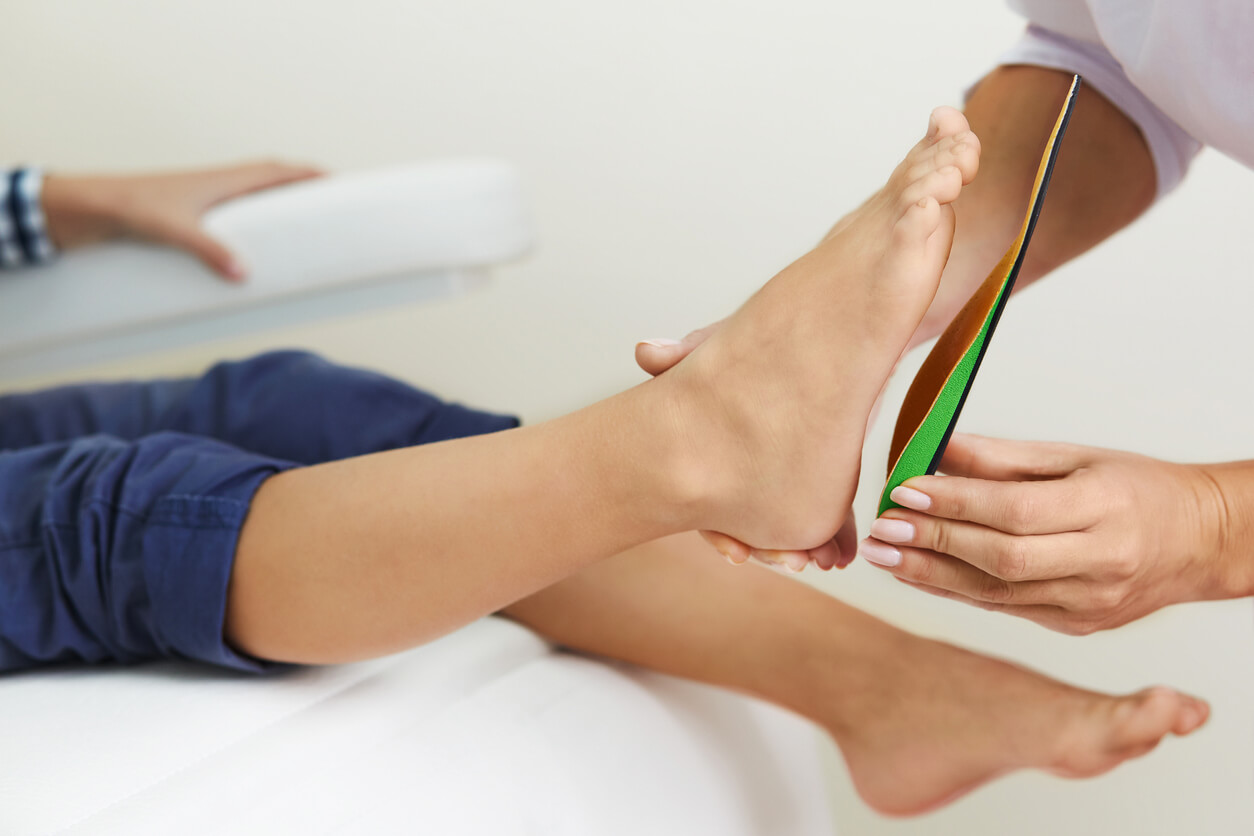
What Causes Fallen Arches?
Are fallen arches related to genetics or are they caused by behavior and poor footwear choices? Whether it’s referred to as having fallen arches or flat feet, pes planus, the more technical term, is an uncomfortable and often painful condition to have. There can also be a subtle stigma to it. Early twentieth-century policemen whose…
Continue reading…Dr. Hubbard Contributes to Prestigious Orthopaedic Surgery Journal
We are pleased to announce that Christopher E. Hubbard, MD has contributed to a review article, Stress Fractures of the Fifth Metatarsal in Athletes, published in the Journal of the American Academy of Orthopaedic Surgeons(JAAOS). The article is a discussion of the surgical treatment of stress fractures of the fifth metatarsal in athletes, given…
Continue reading…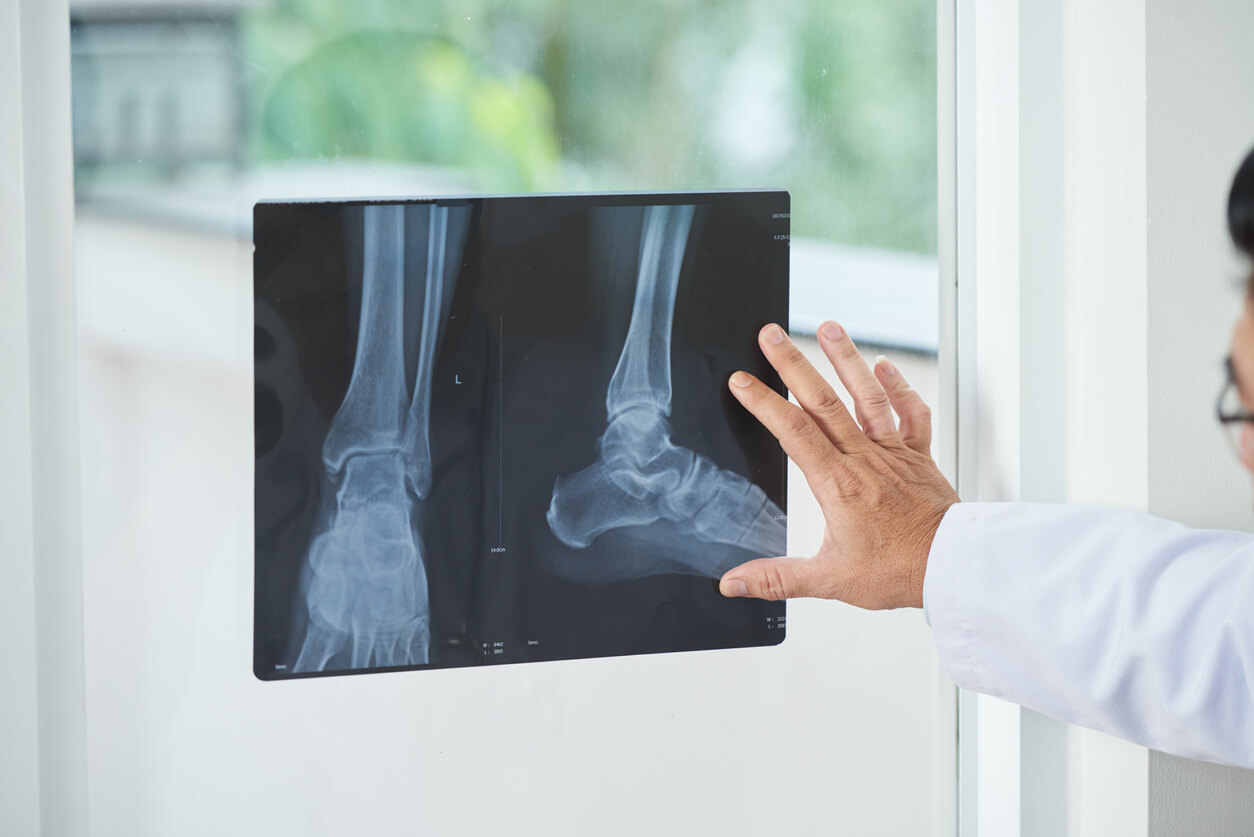
Risk of Foot Stress Fractures Increase with Osteoporosis
Does osteoporosis increase the risk of foot fractures as we get older? Stress fractures are typically small cracks in the bone that are the result of overuse or some sort of repetitive movement. The feet, ankles and lower legs are particularly vulnerable to stress fractures because they bear the weight of the body, including the…
Continue reading…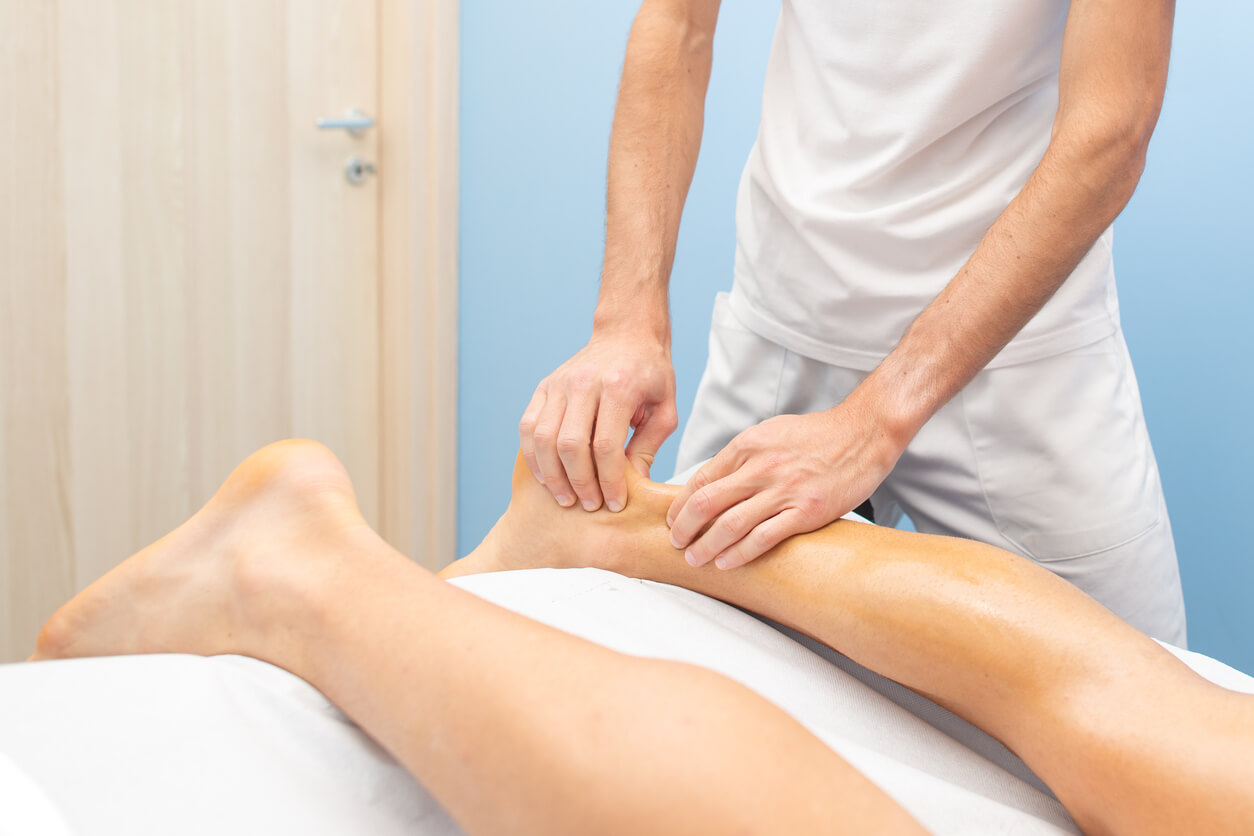
Risk Factors That Increase Achilles Tendon Ruptures
Are some people more prone to suffering an Achilles tendon rupture than others? Named after Achilles, one of the mythical heroes of the Trojan War who was considered the greatest of all Greek warriors, the Achilles tendon is well known by most as the strongest tendon in the body, but it is also the longest….
Continue reading…